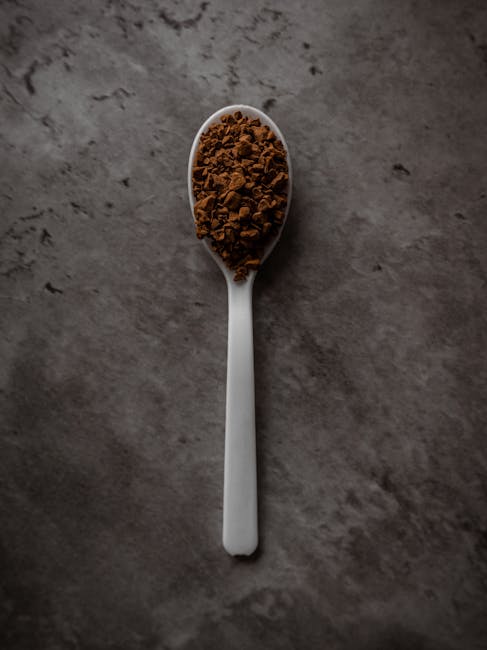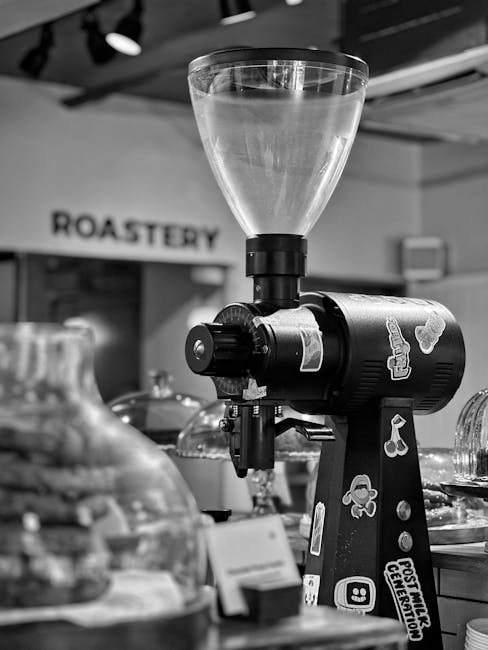Coffee Machine Capacity & Size: A Comprehensive Guide to Choosing the Right Brewer
Choosing the right coffee machine can feel overwhelming. With so many models available, boasting different features and functionalities, it’s easy to get lost in the details. One of the most critical considerations, often overlooked, is the capacity and size of the machine itself. This comprehensive guide will delve deep into the various aspects of coffee machine dimensions and their impact on your daily brewing routine and kitchen space.
Understanding Coffee Machine Capacity
Coffee machine capacity refers to the amount of coffee it can brew in a single session or the amount of coffee beans or grounds it can hold. This capacity varies greatly depending on the type of machine and its intended use. Let’s break down the key capacity aspects:
Water Tank Capacity
The water tank is the most commonly discussed capacity feature. It dictates how many cups of coffee you can brew before needing a refill. Capacities typically range from less than a liter (for single-serve machines) to over two liters (for large-capacity models suitable for offices or families). Consider your daily coffee consumption and the number of people you regularly brew for when evaluating this aspect. Smaller tanks mean more frequent refills, while larger tanks offer convenience but might take up more counter space.
Bean Hopper Capacity (for Bean-to-Cup Machines)
If you’re considering a bean-to-cup machine, the bean hopper’s capacity is paramount. This determines how much whole coffee beans the machine can store before requiring a refill. Smaller hoppers might need daily replenishment, whereas larger hoppers (some holding over a pound of beans) provide more extended use between refills. Consider your coffee consumption rate and your preference for freshly ground beans versus pre-ground coffee when choosing a bean hopper capacity.
Grounds Container Capacity (for Drip and Other Machines)
For drip coffee makers and other machines using pre-ground coffee, the grounds container’s size is important. A larger container reduces the frequency of emptying, which is a particularly convenient feature for high-volume coffee consumption environments.
Cup Capacity
Many manufacturers specify the cup capacity of their machines. This is often expressed as the number of standard 6-ounce cups the machine can brew. However, note that this can vary depending on the brewing strength and the type of coffee maker. Always check the manufacturer’s specifications for accurate information.

Coffee Machine Sizes: Dimensions and Footprint
Beyond capacity, the physical dimensions of the coffee machine significantly impact its suitability for your kitchen. Consider these aspects:
Height
The height of the coffee machine should be compatible with your kitchen counter’s height and any overhead cabinets. Tall machines might be challenging to use if your counters are shallow or if you have limited space above the counter.
Width and Depth
Width and depth influence the machine’s overall footprint on your counter. Measure your available counter space carefully to ensure the machine fits comfortably without overcrowding the area. Consider the space needed for accessing controls and removing the carafe or cups.
Overall Volume and Weight
The overall volume and weight of the machine determine how much space it will occupy in your kitchen and whether it is easily movable. Heavier machines might be more stable but less convenient to transport or clean.
Different Types of Coffee Machines and Their Sizes
The size and capacity of coffee machines vary drastically depending on their type. Let’s look at some common types:
Single-Serve Coffee Machines
These machines are generally compact and designed for making one cup at a time. They typically have small water reservoirs and a minimal footprint, ideal for smaller kitchens or individuals.

Drip Coffee Makers
Drip coffee makers come in various sizes, with water tank capacities ranging from a few cups to over 12 cups. Their size and footprint vary depending on the number of cups they can brew.
Espresso Machines
Espresso machines vary considerably in size, from compact, countertop models to large, professional-grade machines. Size depends on features like built-in grinders, milk frothers, and overall brewing capacity.
French Press
French presses are relatively compact, though the size varies depending on their capacity. While not electrically powered, their dimensions are a key consideration for countertop space.
Bean-to-Cup Machines
These all-in-one machines often have a larger footprint due to their integrated grinder and bean hopper. Their size is usually a trade-off between convenience and space requirements.

Tips for Choosing the Right Size and Capacity
- Assess your coffee consumption: How many cups do you drink daily or weekly? This will directly influence the water tank and bean hopper capacity you need.
- Consider your kitchen space: Measure your available counter space carefully and ensure the machine’s dimensions fit comfortably.
- Think about future needs: If you anticipate your coffee consumption increasing, opt for a machine with a larger capacity.
- Read reviews: Check online reviews for insights into the actual dimensions and usability of the machine.
- Compare models: Compare different models with similar features but varying sizes and capacities to find the best fit.
By carefully considering the capacity and size of your coffee machine, you can choose a brewer that perfectly meets your needs and enhances your coffee-making experience. Don’t just focus on features; ensure the machine fits seamlessly into your lifestyle and kitchen space.

